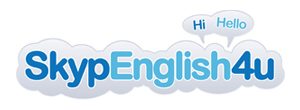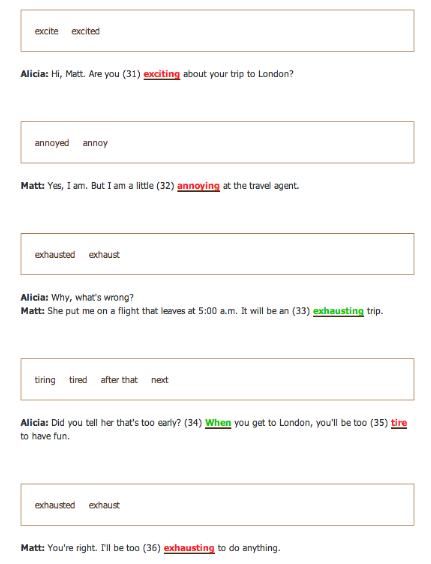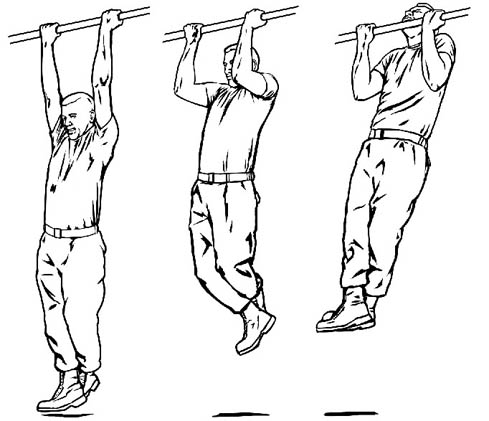Common Mistakes in Speaking and Writing
Here are three errors that I regularly encounter inside and outside the classroom. Do you make these mistakes? Listen to yourself, and check your writing. These are some errors that are not deadly or fatal because native speakers usually understand what you mean. Because of that, they will rarely correct you. Nevertheless, these mistakes mark you as not quite as advanced or proficient in English as you may think you are.
Common Mistake 1
At lunchtime, I often hear students asking each other if they want to go outside and eat together.
INCORRECT: A: “Do you like to eat lunch with us today?” B: “Yeah, sure. Where do you go?”
What’s wrong with this dialog? To ask someone to join you for lunch, we would say,
CORRECT: A: ” Would you like to eat lunch with us today?” OR “Do you want to eat lunch with us today?” (more informal) B: “Yeah, sure. Where are you going/are you going to go?”
EXPLANATION: In English, the present simple using ‘do you like to…’ is not a request form. Also, B’s response asking for more information using the simple present sounds odd because the speakers are talking about ‘right now.’ Thus, the appropriate question asking for more information about the plan for lunch would be “Where are you going/are you going to go?” (present continuous/future plan)
Common Mistake 2
Another common error especially in speaking for the Cambridge or for the iBT (TOEFL) test is
INCORRECT: ”I would prefer to study by my own rather than study with others.”
CORRECT: ”I would prefer to study on my own/by myself rather than study with others.”
EXPLANATION: Prepositions are such a pain in the you-know-what, aren’t they? I always tell advanced level students that prepositions are the last thing to master in English. These little words (in, on, at, by, for, to, and so on) quickly mark people – even those who have lived in the U.S. for decades – as foreign-born (including British English speakers, e.g., ‘on the weekend’ vs. ‘at the weekend’). 😉
Common Mistake 3
Students need to be able to express their opinions. Of course, the easiest way to start off your sentence is to say, “In my opinion, …..” However, there are other ways to begin a discourse about your personal views.
INCORRECT: ”In my point of view, we should raise taxes on gasoline.”
CORRECT: ”From my point of view, we should raise taxes on gasoline.” ”In my view, we should raise taxes on gasoline.”
To try to give a visual image of how to use these last two expressions correctly, I often draw a mountain peak with a little person standing on top. From that point, the person can see a lot, but (s)he is not in that point.
I hope this helps you to improve your speech so that you sound more native.


